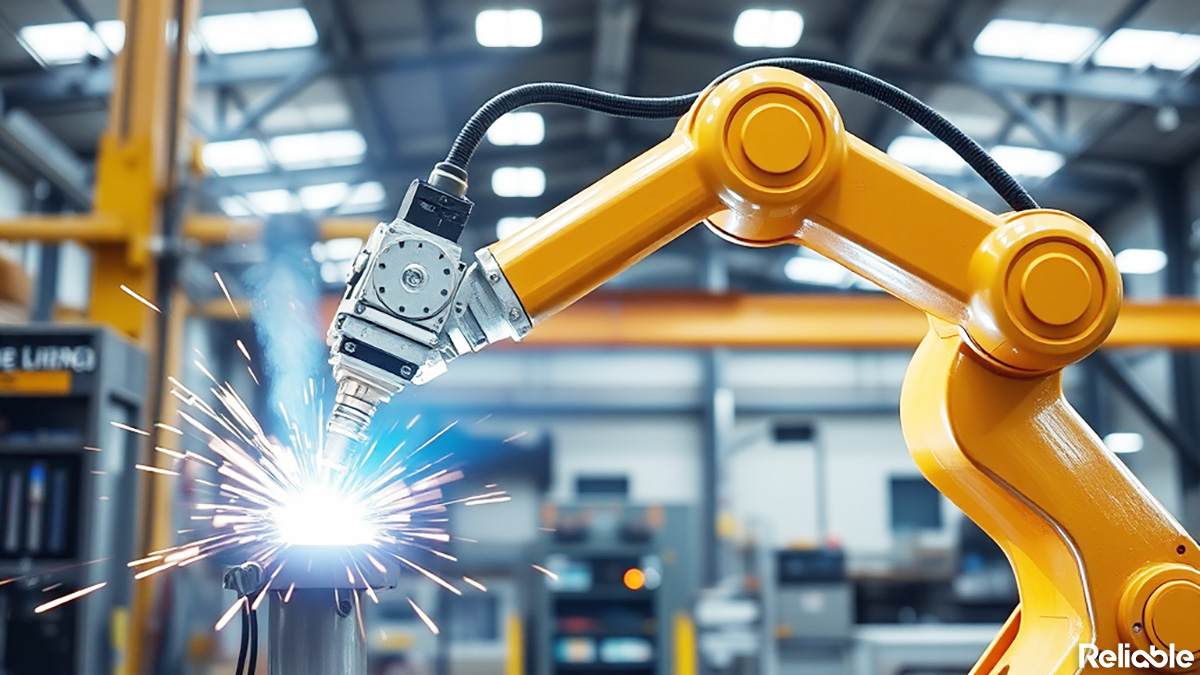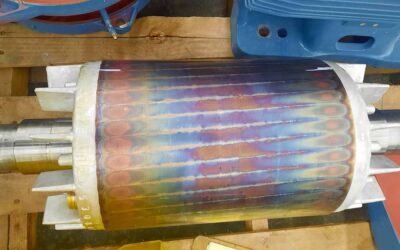Cycle time reduction due to robotics is an essential concept in manufacturing, logistics, and other industries where time efficiency directly impacts productivity and cost. Let’s break it down, step by step, using relatable analogies to understand both the technical details and their implications.
What is Cycle Time?
Cycle time is the total time it takes to complete one cycle of a process from start to finish. For example, imagine you’re baking cookies. The cycle time would include everything from mixing the dough, rolling it out, cutting the shapes, baking them, and finally cooling them before they’re ready to be packed. In a manufacturing context, cycle time could refer to the time it takes for a machine to produce one finished part, from when the raw material enters to when the product exits.
The Role of Robotics in Reducing Cycle Time
To understand how robotics reduces cycle time, let’s think of a few key factors involved in any process:
Speed of Execution
- Imagine you’re manually working on an assembly line, like placing toppings on pizzas. You can only work so fast because your hand-eye coordination, muscle fatigue, and consistency limit you.
- A robot, however, doesn’t get tired and can perform the same task at the same speed, with perfect accuracy, over and over again. Automating the task reduces the time it takes to complete each cycle, making the process much faster.
Precision and Consistency
- Humans are prone to errors, leading to rework or quality checks extending cycle time. Imagine trying to draw a perfect circle by hand versus using a compass. The compass (like a robot) does it perfectly every time.
- Robots execute tasks with high precision and repeatability, meaning there’s less need for corrections or quality adjustments, further reducing cycle time.
Parallel Processing
- In manual processes, tasks often have to be done sequentially. For example, if you’re cooking multiple dishes, you might have to wait for one to finish before starting the next.
- Robotics can parallelize tasks that were previously sequential. For instance, a robotic arm can pick up one part while another arm is welding, which cuts down waiting times and overlaps activities that would otherwise be done one after another.
Flexibility and Adaptability
- Modern robots can be reprogrammed quickly for different tasks. Imagine having a tool that could instantly switch between a whisk, a knife, and a spatula while cooking—it would save you from fetching different tools.
- This ability to quickly switch between tasks reduces downtime, allowing different operations to be done faster without lengthy changeovers.
Practical Example: Automobile Manufacturing
Cycle time is critical in automobile manufacturing. Traditionally, car assembly involved multiple workers performing specific tasks on the assembly line. If one task took too long, it would delay the entire process.
Robots, however, can work simultaneously on different parts of the car with extreme precision. For example, some robots can weld the car’s frame while others install the engine, all in perfect sync. The speed and coordination allow a car to be assembled much faster than manual labor alone. This reduction in cycle time directly translates to more cars being produced in less time, reducing costs and increasing production capacity.
Quantitative Impact of Robotics
From a quantitative perspective, if a manual assembly process had a cycle time of 60 minutes per unit, introducing robotics might reduce that cycle to 40 minutes. This 33% reduction means that a robotic system could produce four for every three units produced manually, increasing overall throughput by 25%.











